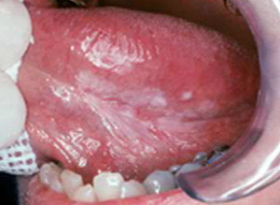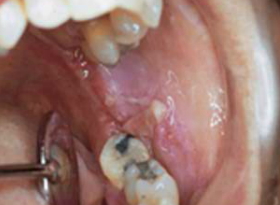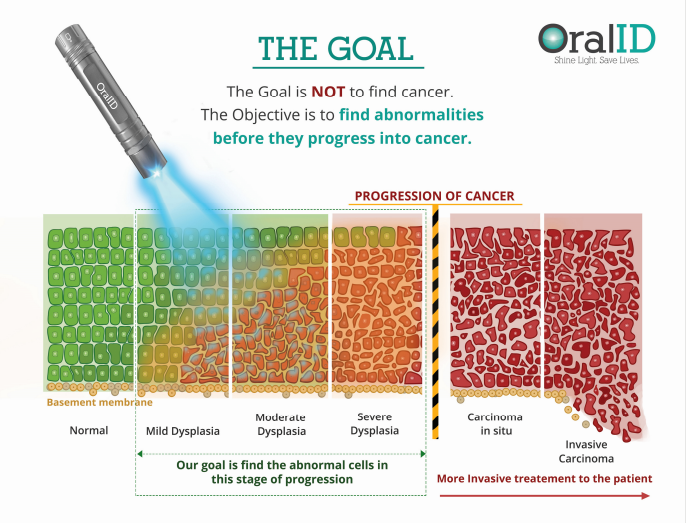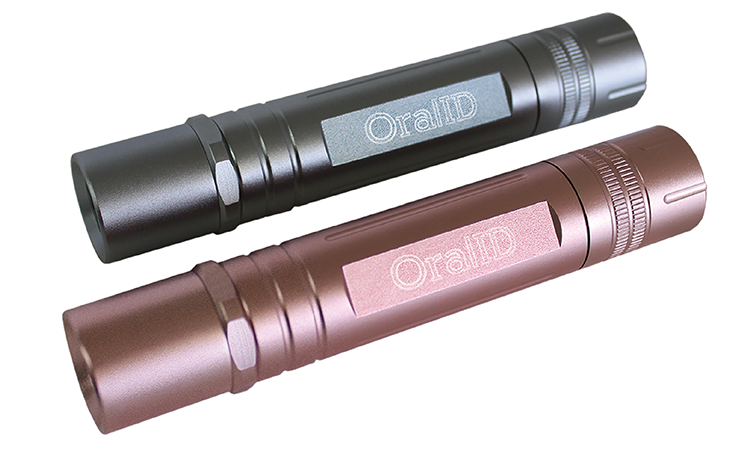In 2020, an estimated:
- 5,400 Canadians were diagnosed with oral cavity cancer.
- 1,500 Canadians died from oral cavity cancer.
- 3,700 men were diagnosed with oral cavity cancer and 1,050 died from it.
- 1,650 women were diagnosed with oral cavity cancer and 440 died from it.
[source: Canadian Cancer Society]


The victims of oral cancer aren’t limited to smokers and tobacco users! Though these habits remain major risk factors, the largest percentage of oral cancer patients are young, healthy, non-smoking individuals that are connected to the HPV virus. We can’t stop the spread of the virus, so the best chance we have for saving lives is through early detection and public awareness.

As part of all dental examinations, the soft tissues inside your mouth are also viewed for any abnormalities or changes inside your mouth. Although the majority of oral lesions are benign in nature, it is important to catch any suspicious spots early.
At our North Delta Dental office, we have the Oral ID oral cancer screening device as a screening aid used to help visualize suspicious lesions inside the oral cavity.

Non-invasive in nature, the Oral ID uses a special light shone inside the mouth. This light uses a proven, optically based technology, called “fluorescence technology.” Oral ID’s fluorescence technology uses a blue light (435–460 nm) that allows a clinician to screen for oral cancer, pre-cancer and other abnormal lesions at an earlier stage, thus saving lives. The medical applications of fluorescence technology includes diagnosis of the GI tract, cervix, lung, skin and oral mucosa.
For more information on the Oral ID oral cancer screening device, visit our post about the Oral ID or contact a member of your North Delta Dentist dental team.
For more information, contact a member of our team